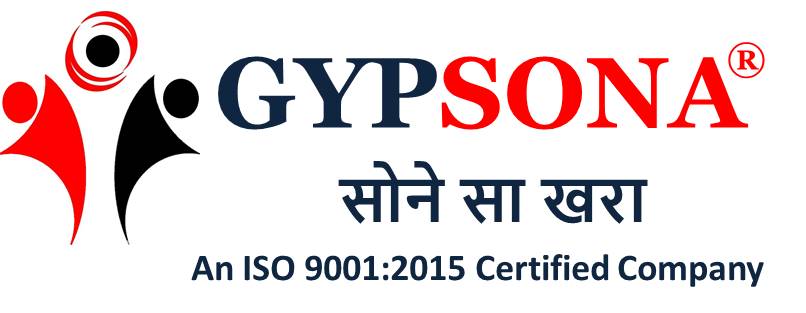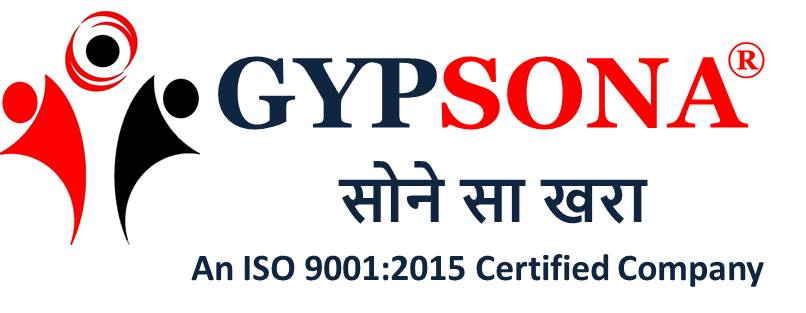23 Jan Quick Lime Powder: A Versatile Material Powering Modern Industries
Quick lime powder, also known as calcium oxide, is a material with a rich history and a vital role in many modern industries. With its roots in ancient practices and its applications in today’s high-tech world, quick lime powder stands out as a truly versatile substance. In this article, we will explore what quick lime powder is, how it is made, its various applications, recent breakthroughs, and future trends. We’ll also include real-world examples and analogies to make the topic clear and engaging.
What Is Quick Lime Powder?
Quick lime powder is produced by heating limestone (calcium carbonate) to a high temperature. This process, called calcination, drives off carbon dioxide, leaving behind calcium oxide. In simple terms, quick lime is like the “skeleton” of limestone. It is a white, caustic, and reactive powder that has been used for centuries in various applications.
Imagine baking a cake. You start with raw ingredients, and then heat them in the oven until they transform into something new and useful. Similarly, quick lime is created when limestone is “baked” at very high temperatures. The result is a substance that is both powerful and versatile.
The Manufacturing Process
The production of quick lime powder is a well-established process that combines traditional methods with modern technology. Here’s a simplified breakdown of the steps involved:
1. Sourcing the Raw Material
The journey begins with limestone. High-quality limestone is selected for its purity and consistency. The quality of the limestone directly affects the final quick lime product.
2. Calcination
The selected limestone is then fed into a kiln. In the kiln, temperatures can soar to over 900°C (1652°F). This intense heat causes the limestone (calcium carbonate) to decompose into calcium oxide (quick lime) and carbon dioxide. This step is crucial and requires precise temperature control to ensure a consistent product.
3. Cooling and Pulverizing
After calcination, the quick lime is allowed to cool. Once cooled, it is ground into a fine powder. Modern milling techniques ensure that the powder is uniform, making it easier to handle and mix with other materials.
4. Quality Control
Quality control is a key aspect of the manufacturing process. Samples are taken and tested to ensure that the quick lime powder meets industry standards. This includes checking its purity, particle size, and reactivity. Manufacturers invest in advanced monitoring equipment to maintain high quality and consistency.
Applications in Various Industries
Quick lime powder is used in a wide range of industries. Its reactive nature and versatility make it a critical component in many processes. Here are some key applications:
1. Construction and Building Materials
In construction, quick lime powder is used to make mortar and plaster. It helps to improve the strength and durability of these materials. When mixed with water, quick lime undergoes a chemical reaction that produces heat—a process known as slaking. The resulting lime putty is used for finishing walls and floors. For example, traditional limewash, a natural paint used on historic buildings, relies on quick lime powder for its preparation.
2. Metallurgy
In the metallurgical industry, quick lime acts as a flux. It helps remove impurities during the steelmaking process. By reacting with unwanted substances, it forms a slag that can be easily removed from the molten metal. This is similar to using a filter to separate unwanted particles from a liquid.
3. Environmental Applications
Quick lime powder plays an important role in environmental protection. It is used in water treatment facilities to adjust pH levels and remove impurities. Additionally, quick lime is applied in the remediation of industrial waste. It neutralizes acidic waste materials and helps in the stabilization of hazardous wastes. In a way, it acts like a neutralizer, balancing out extremes to create a safer environment.
4. Chemical Industry
The chemical industry uses quick lime powder in the production of various compounds, including calcium hydroxide (slaked lime) and calcium carbonate. These compounds are essential for manufacturing products ranging from paper to plastics. Quick lime is the starting point for many chemical reactions that yield everyday products.
5. Agriculture
In agriculture, quick lime powder is used to improve soil quality. It helps to neutralize acidic soils, making them more suitable for crop growth. By adjusting the pH of the soil, quick lime can enhance nutrient availability and promote healthier plant growth. Farmers often liken this process to tuning a musical instrument—adjusting the pitch (or pH) until the soil is in harmony with the plants’ needs.
Benefits of Using Quick Lime Powder
There are several reasons why quick lime powder remains a popular choice in various applications:
- Efficiency: The chemical reaction when quick lime is mixed with water produces heat. This exothermic reaction is beneficial in many industrial processes.
- Versatility: Quick lime can be used in diverse fields, from construction and metallurgy to environmental management and agriculture.
- Cost-Effectiveness: The raw material, limestone, is abundant in many regions. This makes quick lime a cost-effective option for large-scale industrial applications.
- Sustainability: With proper production techniques and the use of eco-friendly practices, quick lime production can be made more sustainable. Manufacturers are increasingly focusing on reducing emissions during the calcination process.
Recent Breakthroughs and Innovations
The world of quick lime powder is not static. Recent innovations are enhancing both its production and applications:
1. Improved Energy Efficiency
Modern kilns and calcination processes are being designed to be more energy-efficient. These improvements reduce the overall carbon footprint of quick lime production. Manufacturers are exploring alternative energy sources and advanced insulation techniques to keep energy usage in check.
2. Enhanced Quality Control
Advancements in digital monitoring and automation have revolutionized quality control. Real-time data tracking ensures that each batch of quick lime powder meets stringent standards. This not only improves product consistency but also builds trust among end users.
3. Customization for Specific Applications
Recognizing that one size does not fit all, some manufacturers are now offering quick lime powder in various grades and particle sizes. This customization allows industries to select a product that best fits their specific needs. For example, a fine powder may be ideal for plaster, while a coarser product could be better suited for soil treatment.
Real-World Examples and Analogies
To better understand the impact of quick lime powder, consider a few real-world scenarios:
Example: Restoration of Heritage Buildings
In many historic cities in India, restoration projects rely on traditional lime-based mortars. Quick lime powder is a key ingredient in these mortars, ensuring that restorations are both authentic and durable. Imagine a master chef using a secret spice blend to recreate a traditional dish—quick lime powder is that essential ingredient that helps preserve the heritage of ancient architecture.
Example: Steel Manufacturing
In a modern steel mill, quick lime powder is used as a flux to purify molten metal. The process is akin to a water filter that cleans impurities from drinking water. The quick lime reacts with the impurities, making it easier to remove them and resulting in stronger, cleaner steel. This not only enhances the quality of the final product but also reduces production costs.
Everyday Analogy
Think of quick lime powder like baking soda in the kitchen. Just as baking soda can be used to make dough rise or to neutralize odors, quick lime powder plays multiple roles across different industries. It triggers chemical reactions, improves quality, and helps maintain balance—whether in a mixture of construction materials or in the treatment of industrial waste.
Future Trends in Quick Lime Powder
The future of quick lime powder is bright, with several trends poised to shape its market and applications:
1. Green Manufacturing
Sustainability is a growing concern in every industry. Future advancements in quick lime production will focus on reducing greenhouse gas emissions. Manufacturers are exploring cleaner technologies and more efficient processes. This move toward green manufacturing not only benefits the environment but also meets the increasing demand for eco-friendly products.
2. Integration with Smart Technologies
The use of automation and digital monitoring is expected to rise. Smart kilns and real-time quality control systems can ensure that every batch of quick lime powder is consistent and high-quality. This integration of technology will further streamline production and reduce waste.
3. Expanding Applications
As research continues, new applications for quick lime powder are emerging. From advanced materials in the construction industry to novel uses in environmental remediation, quick lime powder is set to become even more integral to modern industrial processes. Its versatility means that as new challenges arise, quick lime is likely to find new and innovative solutions.
Conclusion
Quick lime powder is much more than a traditional material. It is a dynamic, versatile product that plays a critical role in modern construction, metallurgy, environmental management, agriculture, and the chemical industry. With a manufacturing process that transforms raw limestone into a powerful, reactive powder, quick lime has stood the test of time. Its benefits include efficiency, versatility, cost-effectiveness, and sustainability.
Recent breakthroughs in production and quality control, combined with customization options, are making quick lime powder even more valuable to industry professionals. Real-world examples—from the restoration of heritage buildings to its role in steel manufacturing—highlight the importance and widespread utility of this material.


No Comments